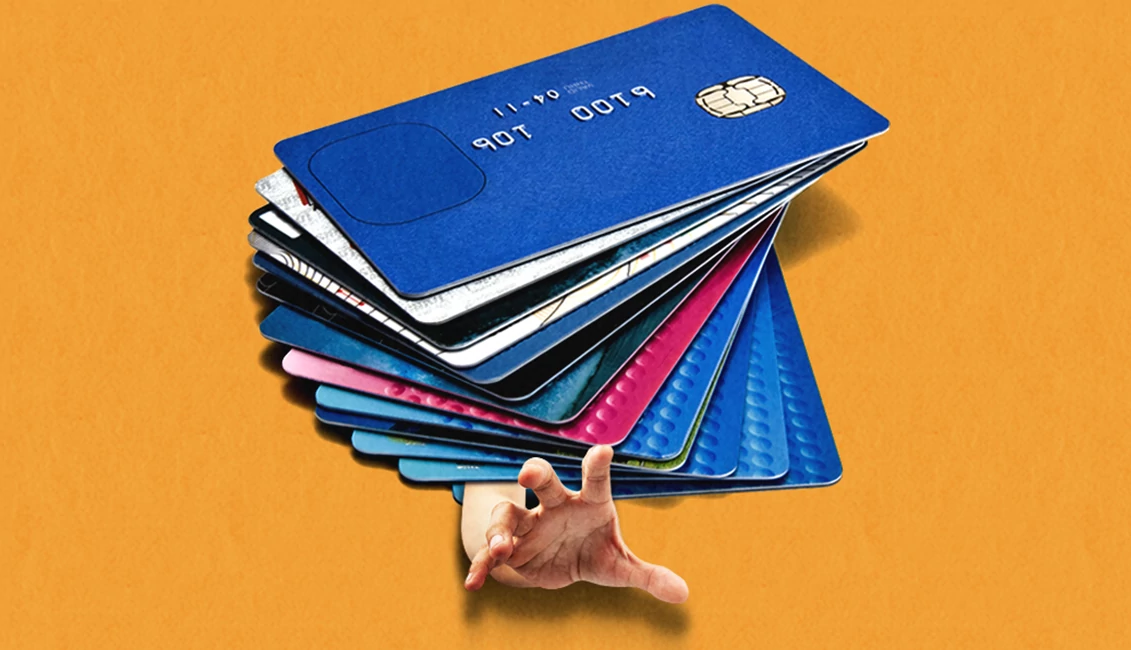AARP Hearing Center


Gen Xers have the most credit card debt of any generation: over $9,200 on average per person, according to a recent New York Life survey. It’s a bad habit. Here are some smart strategies for attacking that debt.
Pick up the phone
Call your employer’s HR department, advises Donn Froshiesar, head of consumer insights at New York Life. Many companies offer budgeting tools, financial education and even assistance programs to employees. Also call your credit card company to ask whether it will negotiate payment terms through a hardship program.
Set up automated minimum payments
Credit card late fees currently range from $25 to $40 a month; late payments also ding your credit score, which can make it even harder to get out from under debt. Even if you are struggling, do all you can to make each month’s minimum payment on time. The best way is to automate a transfer from your checking account.
Slash spending
Gen X spends more on entertainment than any other generation, U.S. Bureau of Labor Statistics data shows. Trimming nonessential expenses — travel, movies, eating out — is essential for any one- to five-year debt elimination plan, says Kassi Fetters, lead planner of Artica Financial Services in Anchorage, Alaska.
Lose a car payment
Can your family get by with one less car? Fetters worked with a couple in their 50s who sold one of their new cars, drove a 15-year-old car they had as a backup, and diverted their $600-a-month car payment to more essential money matters.
Track expenses
Fetters suggests budgeting apps such as EveryDollar and Quicken, which include spending trackers. That way you’ll know whether a particular splurge is within your budget.
Let it snow(ball)
If building momentum motivates you, pay off your smallest debts first and make only minimum payments on the rest. Once one debt is paid off, devote that same amount to paying off the next-smallest debt. Alternatively, you could decide to devote any extra cash to paying off the credit card that has the highest interest rate. The upside: You can save more money in the long term by paying less interest.
Consider debt consolidation
But beware: There are lots of shady debt consolidators out there. If you decide to take out a lower-interest loan to pay off your high-interest credit cards, borrow from a bank or credit union, or find a reputable debt consolidation agency (the nonprofit Debt.org offers reviews on its site). Don’t do business with a debt consolidator who asks you to pay fees upfront or tells you to stop making your monthly payments.






























































More From AARP
Rule to Limit Most Credit Card Late Fees
A new rule adopted by the CFPB would most cap late fees at $8
5 Signs a House Is a Money Pit
Before you make an offer see if any these red flags pop up
How to Protect What You Collect
Tips for caring for your collectibles, including proper organization, accurately assessing the value and more
Recommended for You